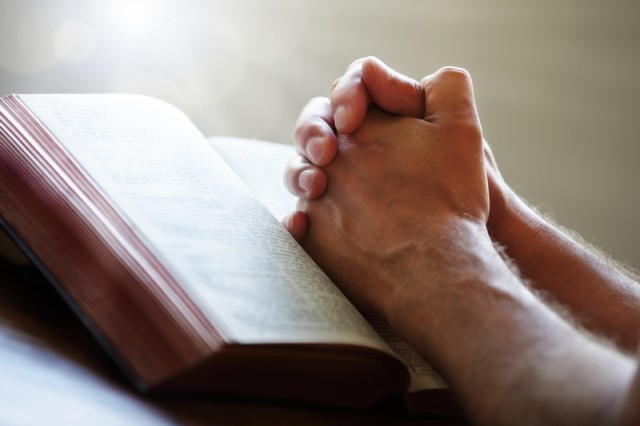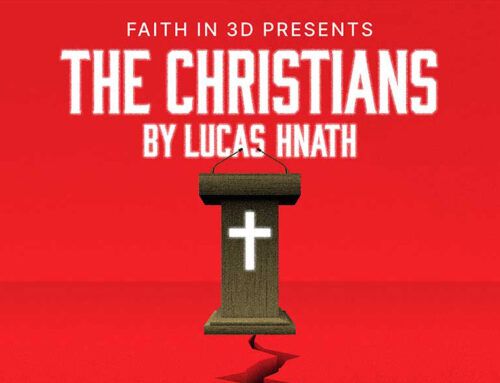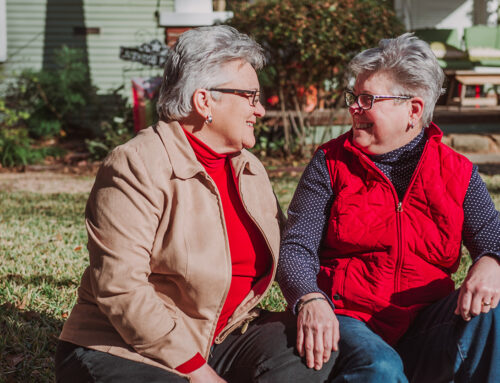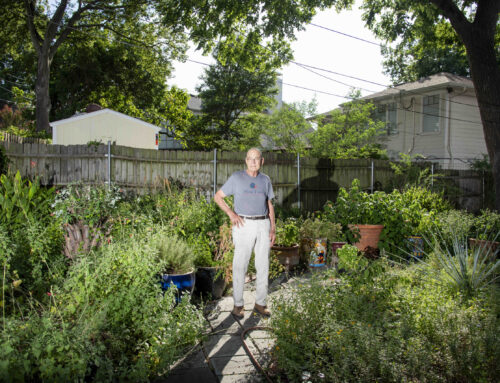Ernest Hemingway got it right twice about the human predicament in his novel “Farewell to Arms”: “The world breaks everyone and afterward many are strong in the broken places.”
The first part of that sentence breaks all our illusions about gliding through life untouched by pain and suffering. In fact, the Hemingway-typical unpunctuated sentences that follow that sentence punctuate the point even more: “But those that will not break it kills. It kills the very good and the very gentle and the very brave impartially. If you are none of these you can be sure it will kill you too but there will be no special hurry.”
That the world will kill us all in the end is proved by the occupancy rate of every cemetery. That the world will break us all is just as sure. The breaking foreshadows the killing.
We know what the killing is, but what constitutes the breaking? Crushed hopes, dashed dreams, lost fortunes, missed opportunities, forsaken vows, unrequited love, failed attempts, lingering guilt, damaged emotions, chronic illness, shocking betrayal — need we go on? All of these take the heart out of us; they leave cracks in us body and soul.
Religion is no prevention for the world’s breaking and killing work. Only bad religion promises that if you pray enough, give enough or serve enough, God will put a bubble of protection around you that keeps you from the effects of the world’s work. That’s what got virgins thrown into volcanoes and it’s what gets TV preachers rich. It’s still a lie, though, no matter how loudly or piously you say it.
What good religion teaches instead is that there is a Power at work in the world that is greater than the power of the world. It’s a power that renews and restores. It heals hurts. It gives life after whatever you have known of life has been taken from you.
There’s a Japanese craft called kintsukuroi that translates “to repair with gold.” It’s the art of repairing pottery with gold or silver lacquer and understanding that the piece is all the more beautiful for having been broken. More precisely, for having been broken and repaired in this costly way. By means of kintsukuroi, the vessel continues to show where it was broken, but now the very scars that reveal its damage show up as the most valuable part of it.
The spiritual life teaches us how to live well through suffering and brokenness. It points us to where wholeness and wellness is found.
Admittedly, it has a preventive side: when the Ten Commandments, for instance, are kept, they go a long way toward keeping you from consequences you bring on yourself. Yet, much of suffering and brokenness is the simple product of the “stuff happens” factor. You may be doing everything right and you are hurt or wounded by someone else. You can only control yourself, and even there, good luck with that. You certainly cannot control other people.
Good religion teaches us to find meaning and purpose in our suffering. It’s not an amulet hung about the neck to ward off evil spirits.
When it does its job well, religion mostly works in the afterward of brokenness. It makes us more compassionate, less bitter and yes, stronger in the broken places — afterward.






